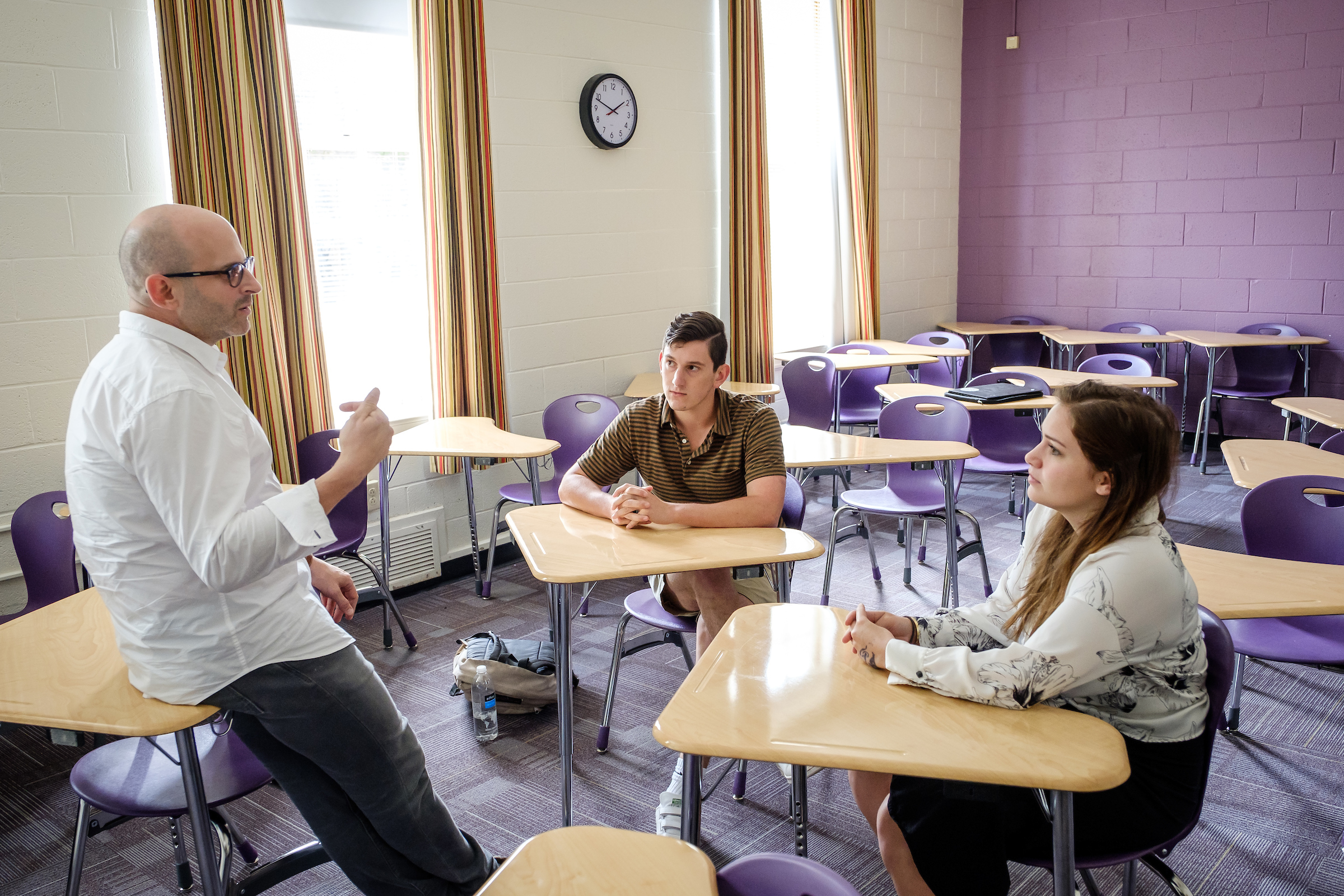Lessons from a Veteran

Today’s post is a guest post by Barry Trachtenberg, Rubin Presidential Chair of Jewish History
At my previous institution, I taught 4-week online courses in the History Department for about a dozen years during the summer and winter sessions. I’m not a great fan of online education for loads of reasons, including having to use the dreadful learning platforms that are widely used. However, online learning does have its uses, especially when it is thought of as a supplement to face-to-face learning rather than a replacement for it. Online teaching allows greater access for students with disabilities, provides options for students needing distance learning courses, and can reach out to entire groups of students who are blocked from taking part in traditional classroom settings, such as the working poor, prisoners, and stay at home parents.
Since we are all moving to online teaching for the rest of the semester and possibly into the summer, I’ve put together a list of lessons that I learned along the way.
- It is not necessary to write out your lectures:
The initial impulse for a lot of online instructors is to write out or even make videos of everything that they would do in class. This ends up being a lot of work for faculty with little in the way of positive results for learning. Instead, this is a chance to put more of the onus on students to work through the assigned readings. For my classes, I would only give them about 400 words of introduction (with links to keywords, maps, key images) to topics. I would assign a short introductory piece (often from a scholarly encyclopedia or the first chapter to a text). Sometimes I would assign them podcasts or short documentaries. I would then have them read the usual material that I would assign in a face to face class. I then checked to see how well they were understanding the material. This included regular journal/short essay assignments and quizzes. - Asynchronous learning is your friend:
By this I mean that there is no reason why you need to “convene” your class at a certain time. Rather, you can set up due dates or windows within each assignment stating when it will begin and end. It will be hard, if not impossible, to get all of your students on Zoom or Skype at the same time. It leads to a zillion technical problems on your end or on theirs which you won’t be able to fix. Plus, your students will be in different time zones and possibly different countries. Giving them short assignments with clear due dates/times is much more effective. - Shorter readings and assignments (and more of them) is often more successful and manageable than longer ones:
I realize that this won’t work for all classes, but I found that shorter tasks were more effective than longer ones. Students and I felt that we were moving through the material, rather than getting stuck in it. A lot of lower-stakes assignments gave everyone a steady sense of progress. - My most successful assignment:
What worked best for me was a 2-round journal assignment for each group of readings. The first round was a (500-600 word, no more/no less) public response to a prompt that I had written asking them about some aspect of the readings, usually requiring them to incorporate evidence from those readings. Round two was a (500-600 word, no more/no less) public response to a fellow student’s post. That way, it helped them be in some contact with one another. I was teaching these classes over 4 weeks, so there were 2 sets of journal entries a week. - My most successful grading technique:
It took me a couple of years to figure this out, but I stopped giving individual feedback on each and every journal post. Rather, after a particular round was done, I read each post carefully, gave it a grade, and then wrote one full response to the class as a whole, explaining what worked, what didn’t, and what the different scores meant. When it was helpful to give an individual response (to encourage a student who needed a boost or to make a serious course correction), I did that. Otherwise, I stuck to group responses, such as I would in class after a full discussion.I used the following language with students on journal assignments: “Students should proofread their posts carefully (pay attention to spelling and grammar) and make sure that they answer the question posed to them. While I cannot comment on each post individually (although I do weigh in from time to time), I’ll give collective feedback after each round of discussion.” - Pay even more attention to the needs of students with disabilities.
One of the great benefits of online teaching is that it has the potential of being highly accessible to students with learning and/or physical disabilities. There are several guides to best practices and how to establish universal standards of accessibility. This includes enabling the alt-text feature with any images you might post and describing all images so that those with visual impairments can participate, making sure that any videos you assign have an option for subtitles, and using pdfs that have been converted to OCR (so that the texts can be read out loud by computers or searched by keywords), rather than simple scans of chapters (which can’t). Avoid timed assessments on account of students who would require additional time on tests/quizzes. Make sure to include a statement at the homepage of the course about your commitment to access.
Subscribe
Receive CAT remote teaching updates in your inbox.
